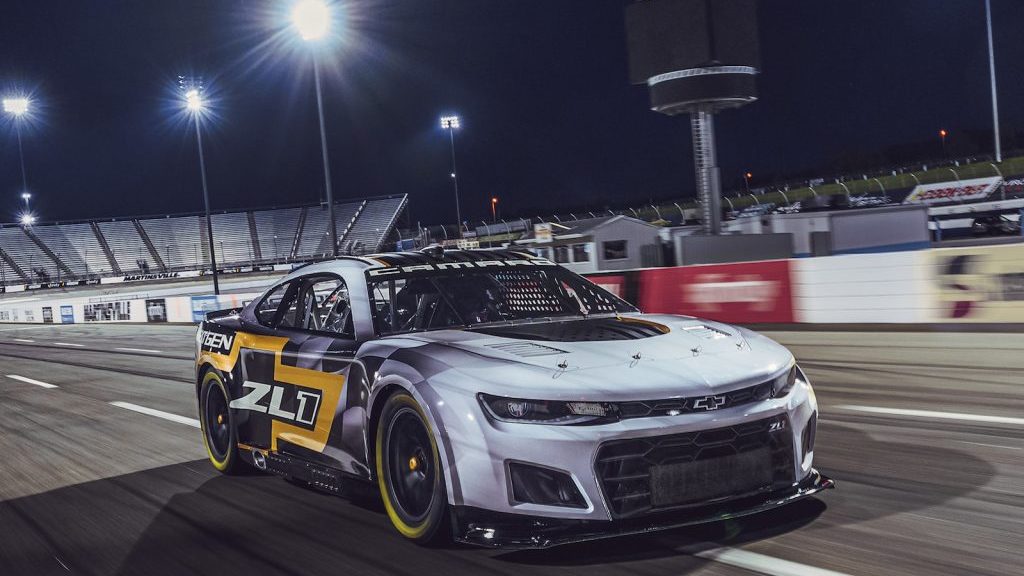
It’s Christmas in May for NASCAR fans as the three automotive brands in the series — Chevrolet, Ford and Toyota — unveiled their next-generation race cars for the 2022 season.
NASCAR called the three Gen-7 cars the “Rebirth of Stock,” made their public debut after a slew of prototypes endured months of testing and fine tuning before their presentation to race fans.
The next-gen Chevrolet Camaro ZL1, the Ford Mustang and the Toyota TRD Camry showed off some of some characteristics specific to the current models. The goal was to give the newest iterations a “more stock feel for better relevance to their production-car counterparts.”
That said, the new models revealed plenty of new components, including some seen previously on just prototypes. However, this represented the first chance to get a real look at these new parts — and the cars themselves — in detail.
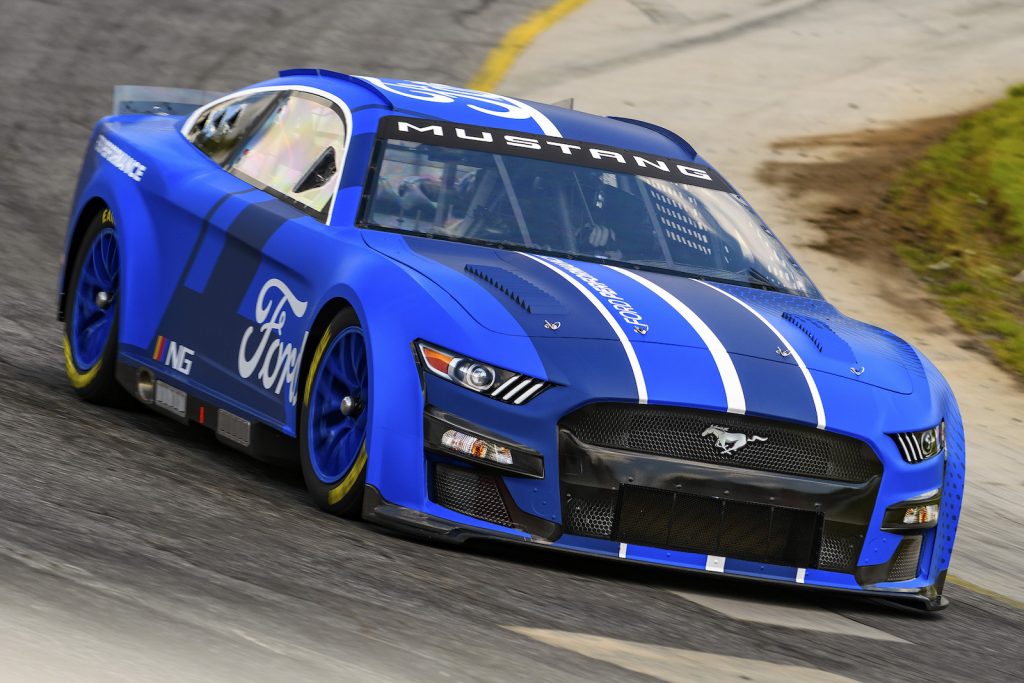
Keeping fans interested and the sport safe
“I think that at the highest level, one of the main goals is just that the sport remains healthy and strong, that it remains attractive to our current OEMs, teams and fans, but also attracts new ones,” said John Probst, NASCAR’s senior vice president of racing innovation.
“As we kind of dive into that, it’s sort of your overarching goal. Then we know to be attractive to our OEMs, we need to be relevant to them.”
To that end, teams from each of the automakers worked in concert with NASCAR officials on developing vehicles that were the perfect mix of high-performance, extremely safe racing machines and easily recognizable cars that fans love to root for — or against.
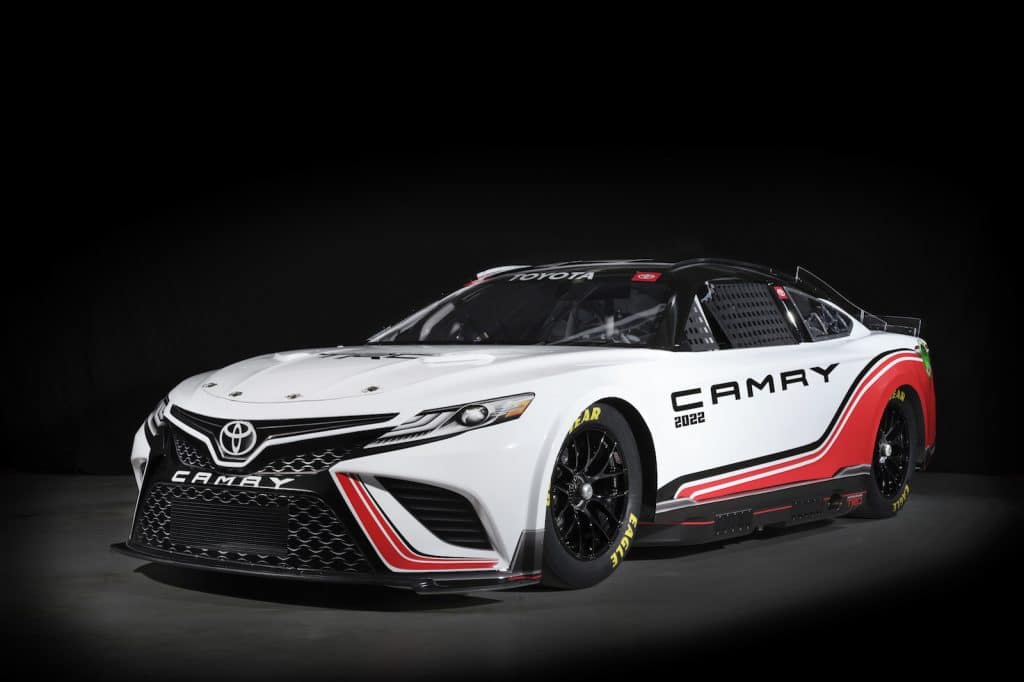
The results are more muscular-looking cars riding on bigger wheels with the potential for hybrid power in the future. Additionally, they got this distinctive look while making each car discernable as a Camaro, Mustang or Camry while negating the dependence on aerodynamics for an edge, shifting that responsibility to the drivers and teams to create the winning advantage.
Camaro changes
“The Next Gen Camaro has a much stronger link to the production Camaro ZL1 in terms of styling integration, improved proportions and relevant technologies,” said Eric Warren, Chevrolet director of NASCAR Programs.
Chevy engineers upgraded the next-gen model to match modern passenger vehicle technology, including independent rear suspension — like production Camaros — and rack and pinion steering. The substantially increased wheel size from 15 to 18 inches, allowing for better performance on the oval. Those wheels are also made from forged aluminum — like the street version.
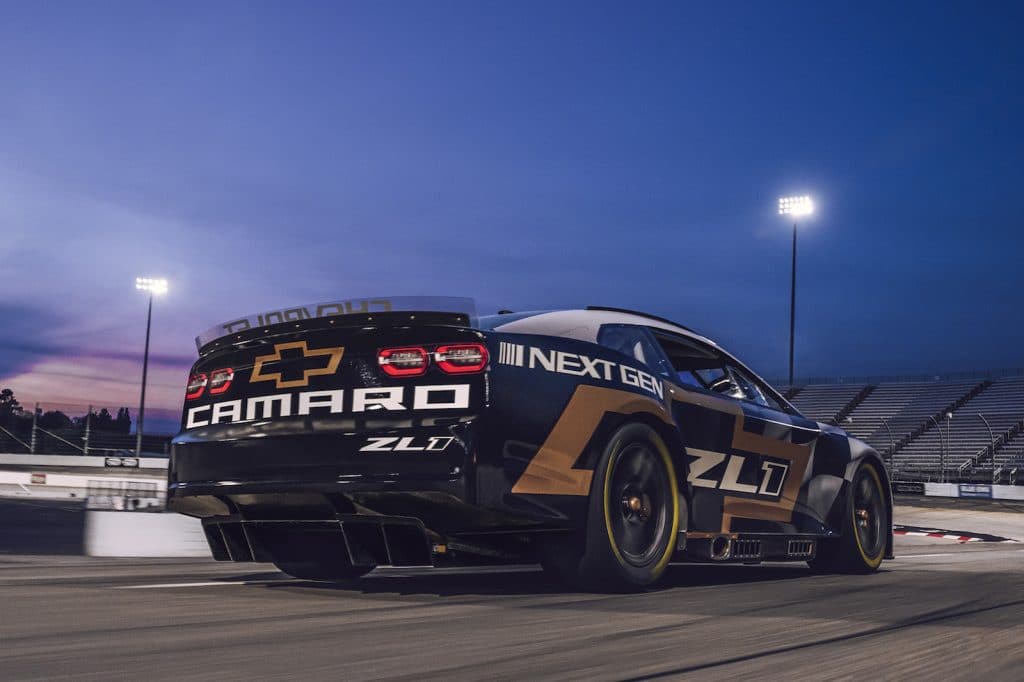
“From an engineering standpoint, this is a seismic shift. It’s a completely new car that brings with it a lot of opportunity from a technical standpoint,” Warrant noted.
Mustang makeover
The new car, which has been under development for two years, is completely different from its predecessor – redesigned from the ground up. Changes include rack-and-pinion steering, independent rear suspension and 18-inch tires with aluminum forged wheels. The all-new body features a wider stance, while a symmetric exterior shell, tail and smaller greenhouse area closely resemble the production Mustang.
“This car is true to the Mustang brand and we have to thank the Ford design team for working hand-in-hand with our aerodynamic engineers to ensure it is competitive on the track, while maintaining unique Mustang styling,” said Mark Rushbrook, global director, Ford Performance Motorsports.
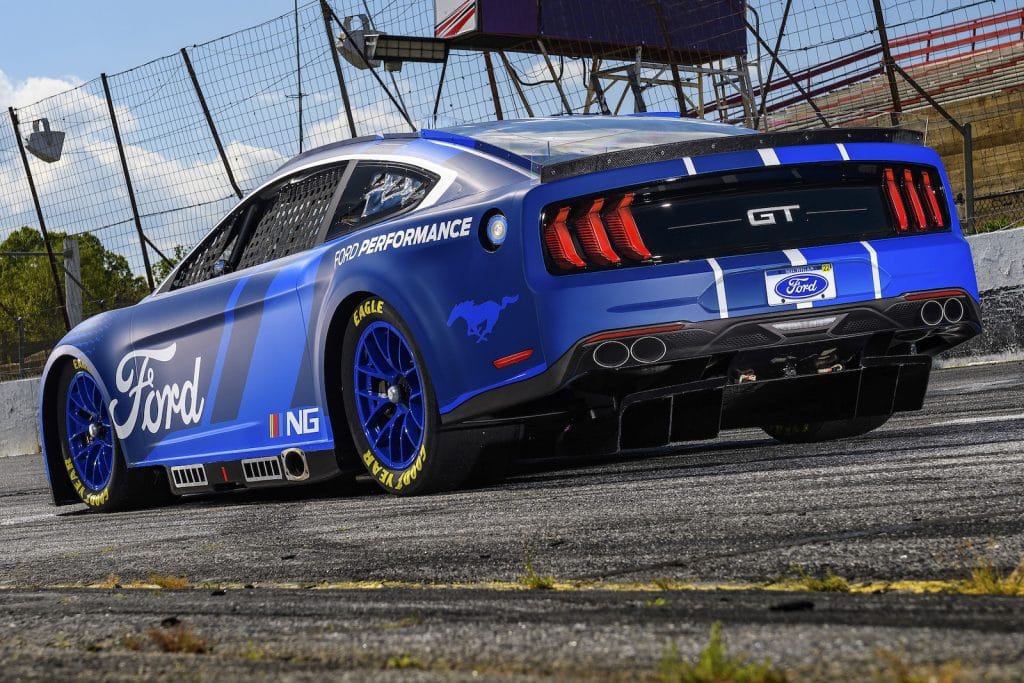
“That requires a lot of give-and-take on both sides, but with the new smaller greenhouse area and shorter rear deck, we were able to do a lot of things to make sure there’s no mistaking this is a Mustang.”
Camry conversion
“There has been a substantial amount of work put into the Toyota TRD Camry Next Gen car by all of our partners, but specifically everyone at TRD and Calty Design,” said Paul Doleshal, group manager of motorsports and assets, TMNA (Toyota Motor North America).
Toyota, like the others, shifted from a 15- to an 18-inch wheel. The racing Camry also boasts a lower roofline, rack-and-pinion steering, and a slew of other updates while retaining the overall look of a Camry TRD.
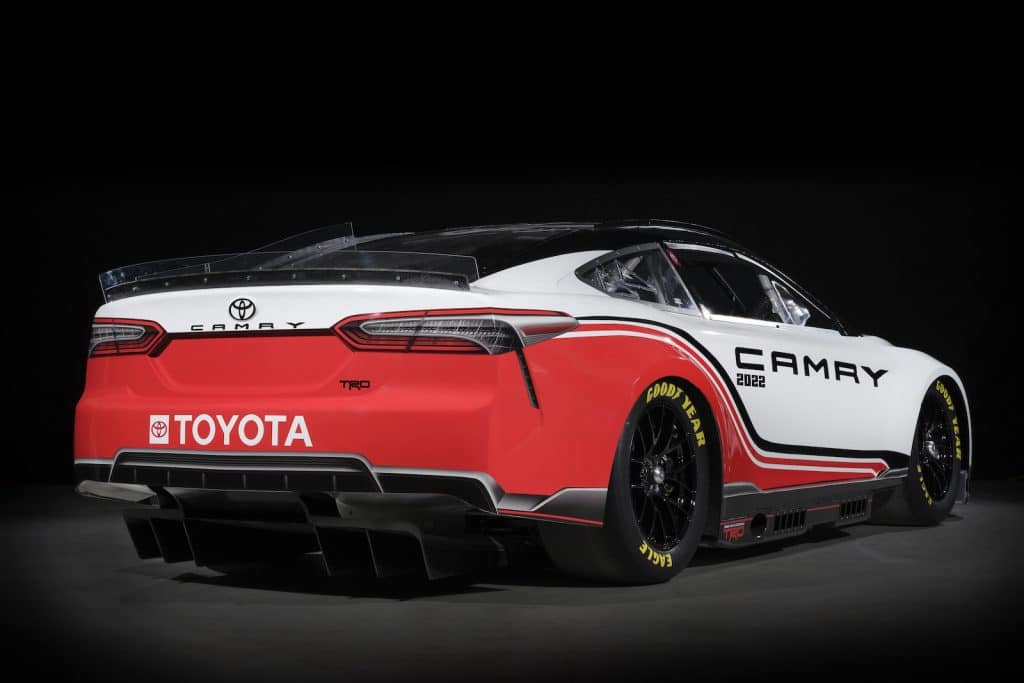
Other changes adopted by all the manufacturers includes a new sequential 5-speed shifter, which allows drivers to bump forward and back to change gears — a departure from the traditional four-speed H-pattern. The new transaxle is expected to better accommodate the potential for a hybrid engine combination in later models
Tires will be wider, up from 10 inches to 12, with a smaller sidewall. Those new dimensions will emphasize mechanical grip with a larger contact patch, and Goodyear officials can build in softer tire compounds for increased grip and fall-off.
Even with a single, center-locking lug nut instead of the current five-lug configuration, tests have shown a half-second is needed to fasten the larger single lug, compared to the 0.8-second speed that a capable tire changer needs to hit all five. No dramatic changes are expected when it comes to the essential choreography of a pit stop.
For GREAT deals on a new or used Nissan check out Fontana Nissan TODAY!

